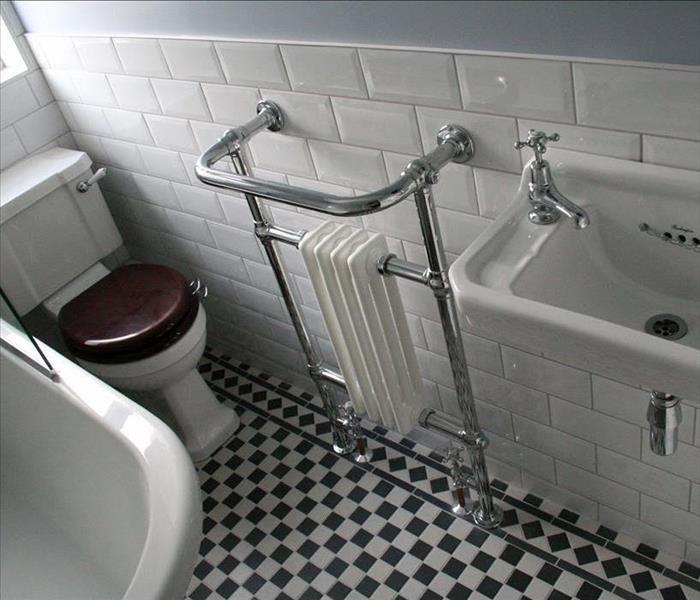
Hurricanes, widespread flooding and other disasters tend to make headlines and receive ample follow-up news coverage. When it comes to sewer backups, though, that’s typically not the case. People are reluctant to discuss or even think about the repercussions of raw sewage making its way through homes and businesses, but in truth, this is a common occurrence.
By some accounts, an estimated 500,000 sewer backups took place during the last year for which information has been made available. Research commissioned by the Environmental Protection Agency indicates these incidents are increasing by as much as three percent each year. Further reports from various sources show the cost of remediation following such occurrences typically runs $100,000 or more on the low end of the spectrum and can soar far higher depending on certain factors.
Common Causes of Sewer Backups
A large portion of the nation’s sewer infrastructure is at least thirty years old based on information from the American Society of Civil Engineers. This, along with the growing number of homes and businesses connected to the system is believed to be largely responsible for the rising number of backups occurring each year. Damaged lines running from homes to the main sewer system are also common culprits as are tree roots and blockages deep in the lines.
Dangers of Raw Sewage
Raw sewage, whether it’s coming from an internal source or mixed natural floodwater, can be extremely hazardous. As the Centers for Disease Control and Prevention points out, contaminated water is filled with viruses and bacteria, such as Salmonella, E. coli and listeria. These pathogens can cause a wide range of illnesses and infections, many of which could prove deadly.
Delving into the Cleanup Process
When a sewer backup takes place, experts insist the first course of action should be evacuating the premises and calling local utility companies to have the gas and electricity temporarily shut down. This is especially important if the resulting flooding is reaching heating and air conditioning systems, appliances and electrical outlets. Anyone participating in cleanup efforts should don personal protective equipment, such as rubber boots and gloves, safety glasses and face shields.
Soiled carpet, clothing and other items should be disposed of and salvageable items taken to a separate location for further cleaning. From there, sewage left behind by the backup needs to be removed. Though a standard wet/dry shop vac may suffice for small-scale issues, industrial Vacuum Cleaning Services joliet il will be necessary for more significant ones. Then, any remaining material needs to be washed away and the area cleared of water once again. Extensive sanitization measures must be taken after contaminated water and items have been removed. In many cases, walls and flooring will need to be replaced as well.
In a Nutshell
Sewer backups are on the rise across the nation. These incidents can be dangerous and costly no matter how limited or widespread they are. Experts recommend steering clear of contaminated areas if possible. Plumbing and environmental authorities note having your sewer system inspected at least once each year can help reduce the likelihood of such disasters.
